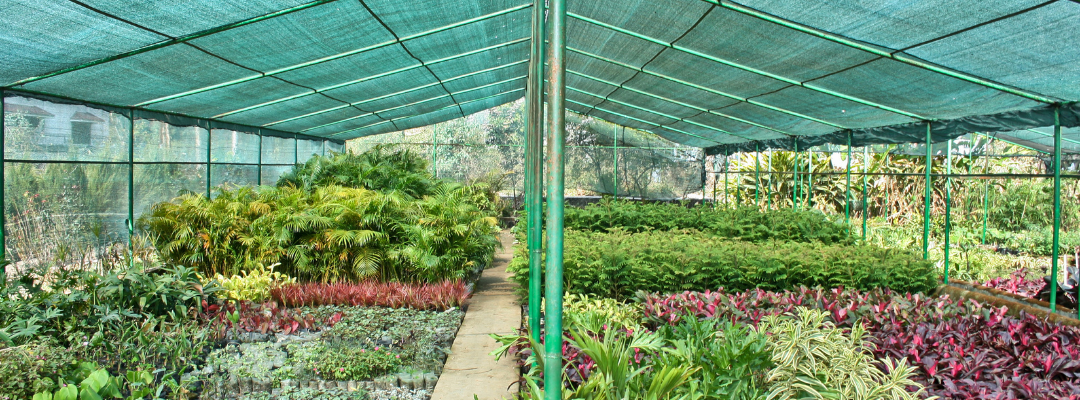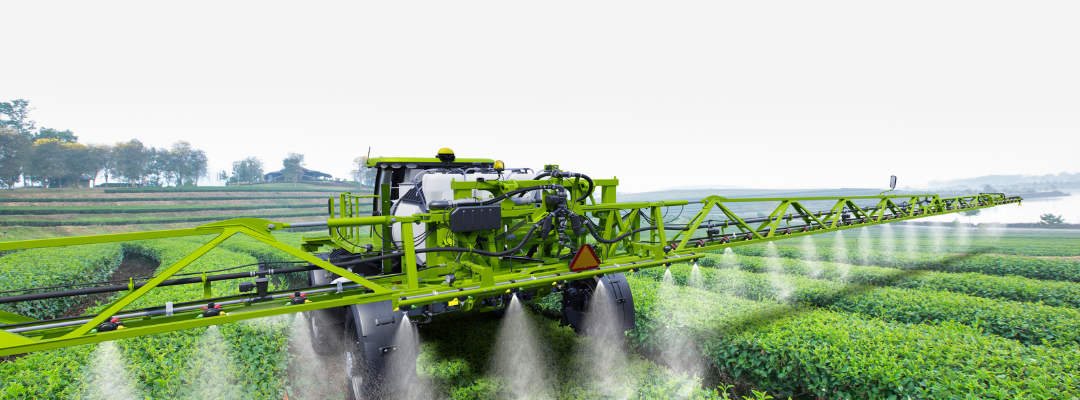Many specialty crops are cultivated in nurseries including flowers, shrubs, seasonal vegetables, and fruit trees. During the spring and early summer seasons nursery products are in high demand for landscape contractors, landscape architects, and people working on their yards and gardens. Nurseries also supply wholesale and retail distribution firms, such as garden centers, home stores and distribution centers.
The last couple of years nurseries face added stress to keep up with increased demand while securing key production resources. An increase in nursery products and services can be attributed to (i) a spike in demand that started during the pandemic as more people turned to home gardening, (ii) adapting to new production practices such as adopting sustainable practices, and (iii) switching to soilless systems such as container production. The nursery industry faces same increasing cost and input supply issues as other agricultural sectors. Figure 1 presents information on farm production expenses with labor and fertilizers being two inputs that we have seen increases the last year. Persistent supply chain disruptions, price fluctuations caused by the pandemic and volatile energy prices, as well as increased labor costs particularly for those operations depending on H-2A labor are well documented.
In the nursery industry, labor costs, and fertilizers and pesticides are two costly production inputs. Jeb Fields reports that a $600 barrel of herbicide in 2021 now costs at least $1,500 so differences between 2021 and 2022 would be even more extreme. Another resource that is high in demand and low in supply is growing media and containers, with orders taking more than one year to be fulfilled. In nursery and greenhouse ~85-90% of all ornamental production nationally is containerized. The only non-container-grown ornamentals are some large trees, but even those are shifting to containers.
While the nursery products and services are high in demand, the challenges the industry faces are persistent, and the new ones are daunting with ripple effects experienced in the green industry.
Figure 1: Selected US farm production expenses, 2020-2021F USDA, ERS

Maria Bampasidou is an assistant professor in the LSU AgCenter Agricultural Economics and Agribusiness Department, and Jeb Fields is an assistant research coordinator and extension specialist at the LSU AgCenter Hammond Research Station.
Bampasidou, Maria and Jeb Fields. “Increased Demand and Persistent Resource Challenges for the Nursery Industry.” Southern Ag Today 2(22.5). May 27, 2022. Permalink






